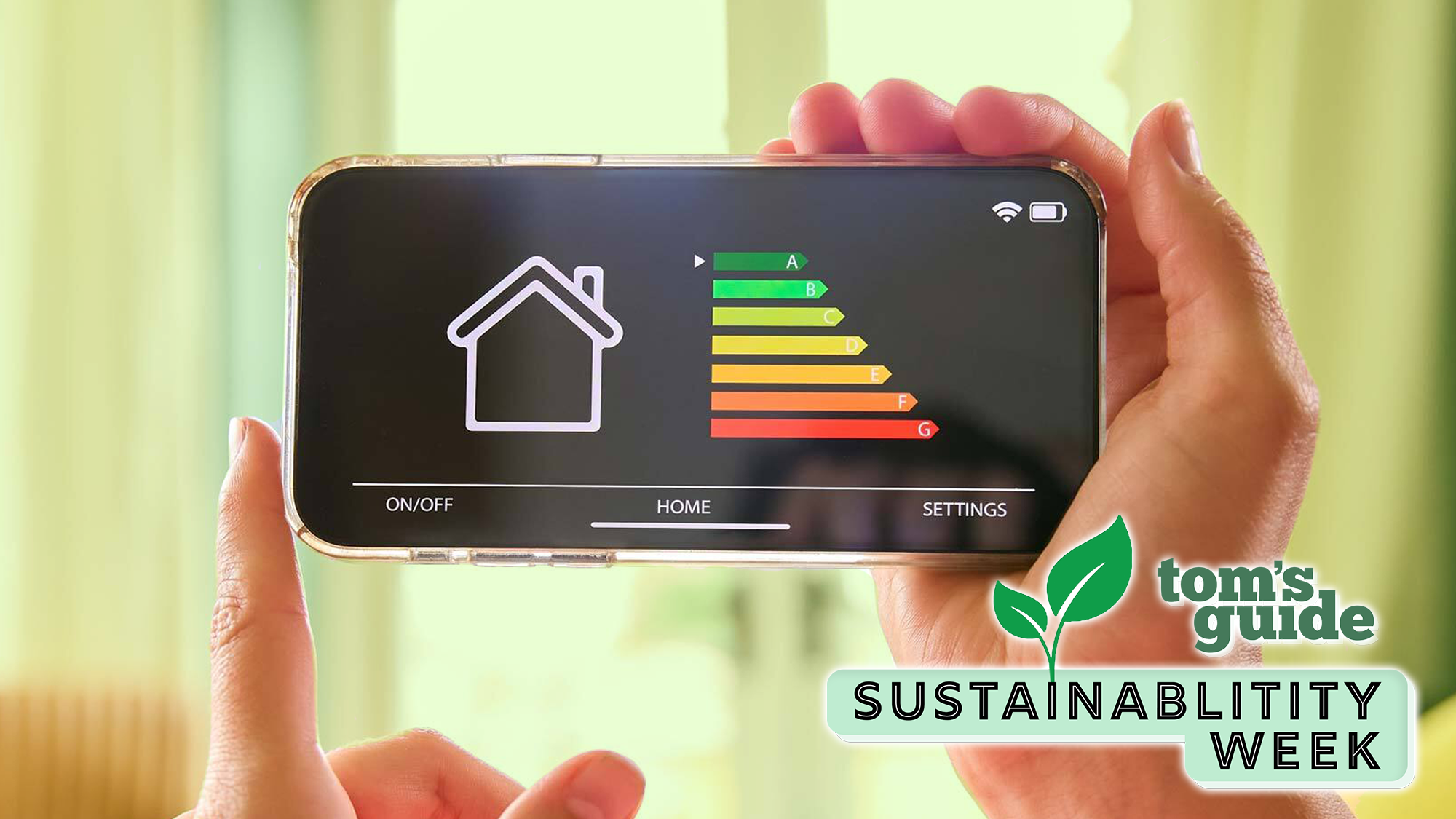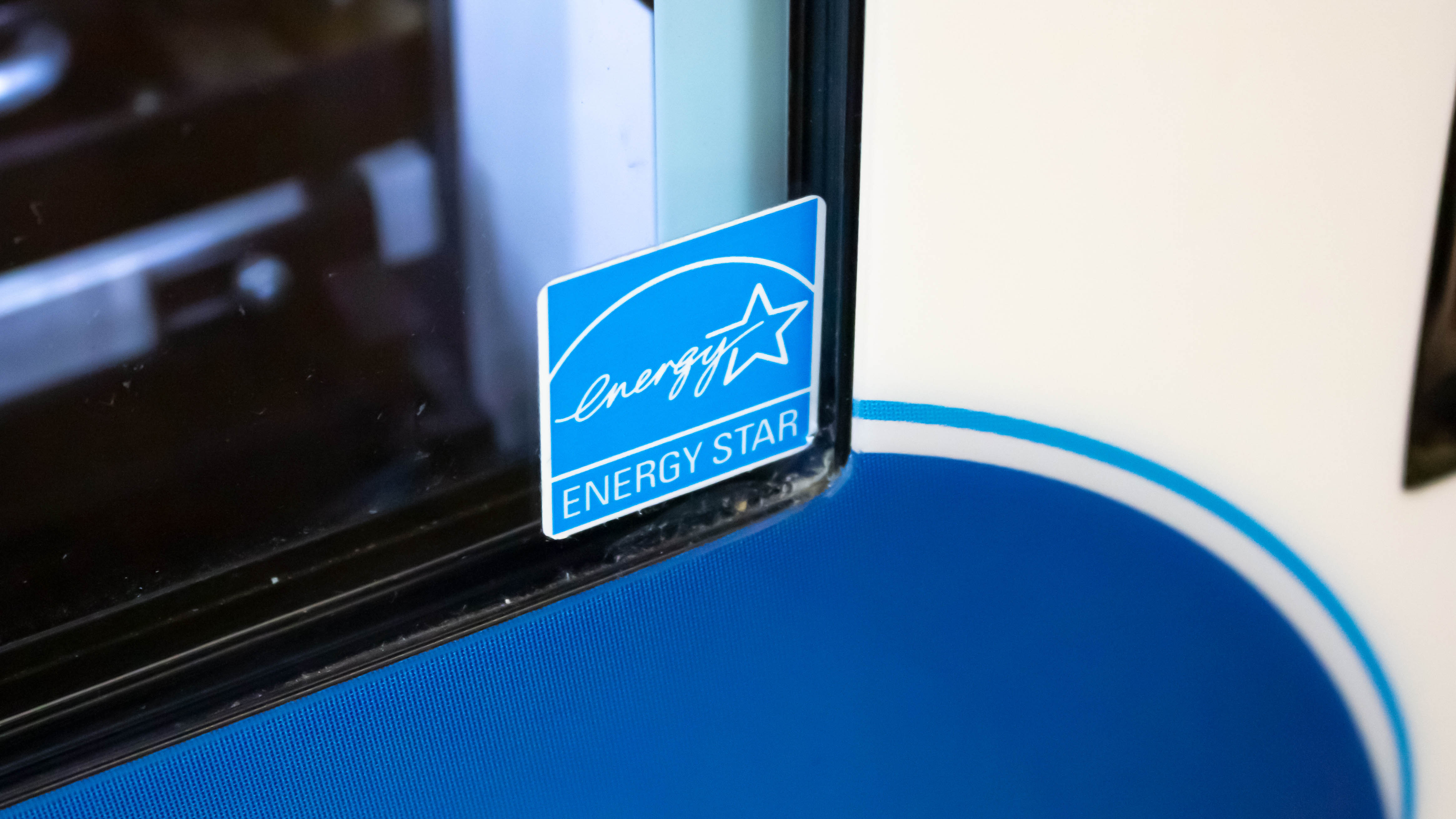
These days it can feel like everything your home requires power, from small things like the chargers for our phones and lamps to bigger appliances like TVs and dishwashers.
All of those plug-ins draw power and energy, sometimes unnecessarily. With that in mind, it’s worth reassessing how to reduce our energy consumption. Fortunately, there’s a lot we can do our own, plus some helpful products out there that make it easy to manage your energy use even when you're out of the house all day.
And coincidentally, these changes should save you buck or two in the long run on your energy bills. See my tips for cutting down on energy usage below.
Use Eco mode on your appliances
Probably the easiest change you can make at home is to check whether your major appliances have an 'eco' mode. Most of the best dishwashers come with an eco or power mode that saves energy. Although eco mode does tend to take longer than some of the more powerful modes (up to four hours in some cases) running your dishwasher overnight or during the day when the power draw on your local system isn’t as high is a win-win move.
On the other hand, while the some of best washer machines and best dryers do have an eco mode, it’s not as common in the US as it is in the UK. If you don’t have a machine with eco mode you can replicate it by running your wash at lower temperatures and adjusting the rinse cycle to reduce water consumption. We recommend this for your every day loads, more soiled or stained clothing will likely require stronger settings.
You could also hang dry your laundry during the warmer months just to avoid using the energy of a dryer.
Look for Energy Star badges
The Energy Star program is meant to make it easier for you to identify appliances that meet energy efficiency standards set by the U.S. Environmental Protection Agency (EPA) and the U.S. Department of Energy. Next time you go shopping for appliances, look for the blue energy star logo.

The program covers a variety of categories from some of the best refrigerators and clothes dryers to coffee makers and smart thermostats. The standards differ among the various categories.
As we discovered, Energy Star products save energy and are more efficient than non-Energy Star versions. If you need to replace a device in your home, look for that blue logo.
Upgrade to smart light bulbs...
This one seems simple and harkens back to the days of our mothers telling us we don’t live in barns, but it is important for saving energy: Turn your lights off when you're not using them.
One way to be more mindful about leaving the lights on is to upgrade to smart light bulbs which are powered by LEDs that are cheaper to run and reduce energy consumption compared to halogen bulbs. Combining the bulbs with the best smart home devices can help you set timers and alarms so that the lights go off when you’re not in the room or not at home.
Smart light bulbs aren't as expensive as you'd think these days, either.
... and smart plugs
When it comes to some appliances like TVs or speakers, it is common for people to leave them in standby mode. This means that the device is constantly draining energy since it’s never technically turned off.
These ‘phantom loads’ can drain your wallet as well. A relatively inexpensive smart plug may be the answer. The best smart plugs make your home more energy efficient by plugging ‘dumb’ appliances like fans and or stick lamps into a power outlet. Controlled through an app or a compatible smart home platform, you can set timers or just turn off your dumb appliances, similar to your smart lighting.
Otherwise, just make sure you turn off your appliances when not in use.
Install a smart meter
Another way to maximize your energy usage is to actually understand how much energy you're using in the first place. Consider having a smart meter installed in your home to help you establish the basis of your current usage, and then get some tips on how to make your numbers go down.
Some utility companies are actually pre-installing them in homes, but there are third-party smart energy meters available like the Sense ($299 on Amazon). The meter can track which appliances are using the most electricity and during which times of the day, so that you can instead use them when the grid demand is lower or simply see what things in your home are sneakily using a lot of energy.
Switch to a smart thermostat
On a simple level, turning your thermostat up or down a couple degrees depending on if its summer or winter will help you save energy. But one of the best smart thermostats like the Ecobee Smart Thermostat Premium or Nest Learning Thermostat (4th Gen) will help you save energy in the long run as it can track your patterns and the weather and make suggestions on what temperature you should actually set your thermostat.
Depending on the season, you might also consider want to consider smart air conditioners or the best space heaters, which you can control with apps or smart home hubs. These devices can be used in single rooms making it more efficient than trying to heat or cool the whole house.
Check your insulation

Speaking of regulating your home's temperature, something that constantly drives up energy usage and utility bills are rooms and windows that aren’t well insulated. Keep drafts out by knowing how to insulate your windows, or use a simple draft stopper to banish chills from doors and windows. In the summer it should help keep cooled air from escaping as well.
For your attic, you’ll want to insulate the space as its where a significant chunk of heat can escape from your home. You’ll need to make sure you have a minimum R-value (the effectiveness of the insulation) of 49 in colder climates and 30 in hotter areas.
And while your assessing your insulation needs, it's also a good time to check that pipes and vents around your home are properly sealed.
Invest in a new TV
Although saving money might be on your mind, investing a new TV could result in some long-term savings. Thanks to higher efficiency standards that originated in the EU, newer TVs on the market are significantly better than the sets you have that are several years old. In fact, we ran the numbers and found that OLED TVs and Samsung's Neo QLED TVs are among the most energy-efficient sets.
That said, OLED TVs are still very expensive, even some of the best OLED TVs will cost closer to $1,500 than comparable-sized Mini LED sets. Still, if you’re looking to save energy, an OLED TV will not only look good but will be a bit more energy efficient.
Clean your vents and radiators
For anyone who's home has radiators and vents, when was the last time either was properly bled or cleaned? Cleaning air vents regularly is essential for maintaining good indoor air quality and maintaining the efficiency of your heating and cooling systems.
The same goes for your cleaning your dryer vent. A blocked dryer vent could result in you needed multiple cycles to get your clothes dry. Not only will this use additional energy, but it will likely cause damage to your machines, requiring pricey repairs or replacements.
Unplug chargers, unused devices

Let's end on a simple tip that everyone can start doing today: unplug devices that you aren’t using or turn off the power strip so that you aren’t continually drawing sips of power to a device that isn’t being used.
The biggest example is phone chargers, most people don’t unplug them from besides their nightstand. But phone chargers still use power and drain electricity even if a phone isn’t plugged in. Always unplug your charger once your phone is at full battery. Or you can use a smart plug, like I suggested above.
At the end of the day, like when you were told to put your toys away, if you aren’t using it, unplug it. Save some energy.







